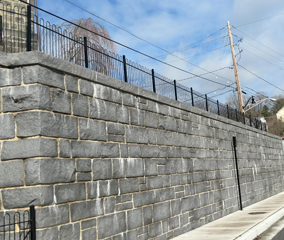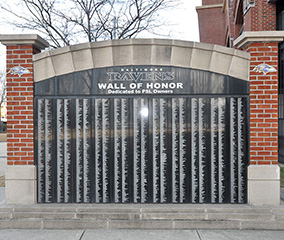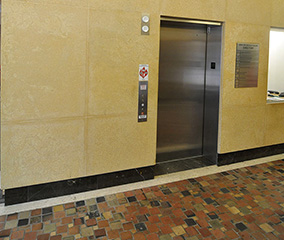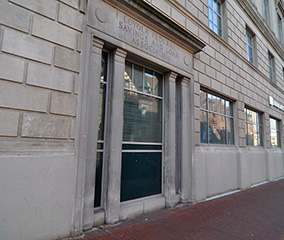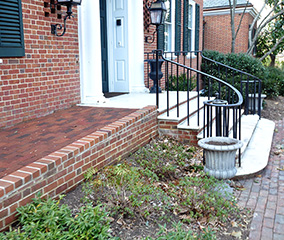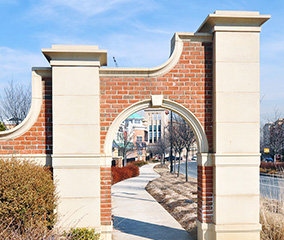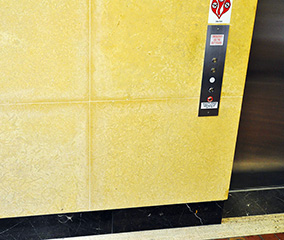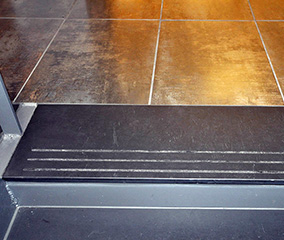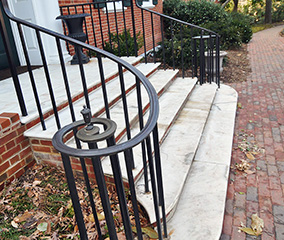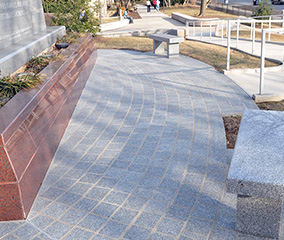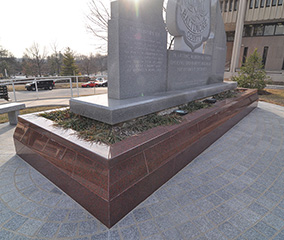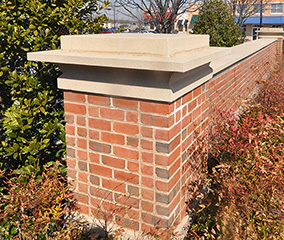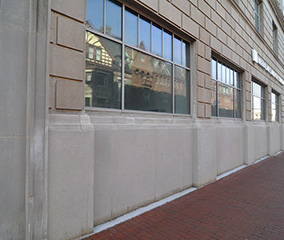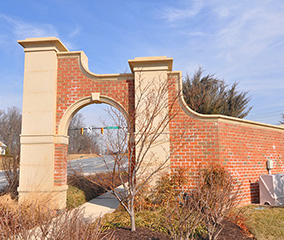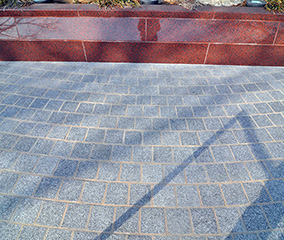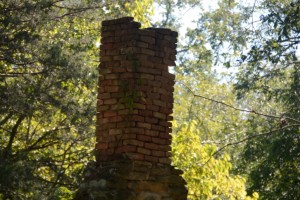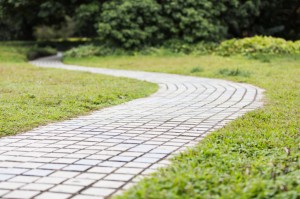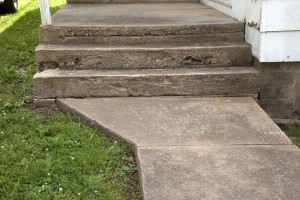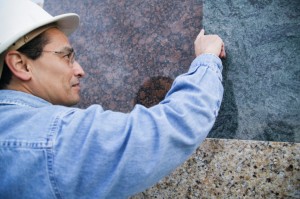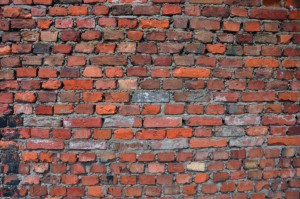Chimneys are known for durability, but that durability can lend homeowners to ignore masonry repair needs. Chimneys perform several important functions, and one that is deteriorating can be a safety hazard. As long as you keep up with maintenance and masonry repairs, however, you can extend the lifespan of your chimney and ensure it works properly. (more…)
Author Archive
Masonry Repair for Chimneys
Friday, April 8th, 2016The Benefits of Stone Walkways
Friday, April 1st, 2016You may have a specific reason why you like stone walkways, but there are actually four huge benefits to having these magnificent walkways installed.
With summer approaching, now is a great time to have a professional masonry contractor work on your landscape before they get too booked. Let’s dive right in and take a look at these four amazing benefits of stone walkways. (more…)
Questions to Ask Your Masonry Contractor
Friday, March 25th, 2016
You may have a lot of questions floating around in your head. It’s important to make sure that you ask the right ones.
According to the Mason Contractors Association of America, qualified masons receive training to work with a several different materials, including bricks, natural rock, concrete, and tiles made of terra cotta, ceramic or stone. However, every masonry contractor has their own areas of special skill and experience. For example, Del Prete Masonry specializes in brick, block, and commercial concrete construction. When hiring a masonry contractor, it’s important to ask the right questions so that you know you are hiring a contractor who is right for your particular needs. Here are a few questions you can ask to guide your way to the best contractor for you. (more…)
Concrete Masonry is Kind to the Environment
Thursday, March 17th, 2016Sustainable solutions are very important in construction projects, and more and more companies are just realizing the benefits of concrete masonry.
From helping businesses with energy efficiency to using minimal equipment, concrete masonry is a great way to be environmentally conscious during your next project. Let’s take a look at specific examples of how concrete masonry is kind to the environment. (more…)
The Benefits of Building a Retaining Wall
Friday, March 11th, 2016
Retaining walls combat erosion, discourage people from walking where you don’t want them to, and add an extra element to your landscaping.
Does part of your property slope towards your home? You may want to build a retaining wall. This is a wall that diverts runoff away from the home to prevent flooding. Plus, it can add a lot of flair to your landscaping! You can keep your lawn looking healthy and even landscape around your retaining wall to make it a focal point. There are several ways that you can benefit from adding a retaining wall to your property. (more…)
Where Does Granite Come From?
Friday, March 4th, 2016While everyone knows that granite and natural stone make beautiful signs and hardscaping, not everyone knows where these popular materials come from and how they are made. How does granite get from deep within the earth’s core to your backyard or business? (more…)
How to Waterproof Bricks
Friday, February 26th, 2016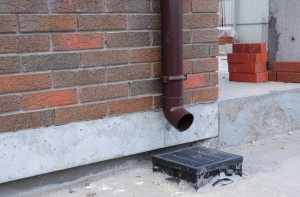
If you have bricks in an area where they may often get wet, you may want to consider waterproofing them.
Unsealed brick absorbs water, which can significantly threaten the integrity of porous brick masonry and mortar over time. Sealing and waterproofing the brick exterior of a home is a must, as it improves the home’s value by extending the life of its masonry in mortar. Especially in wetter climates, this is a must. If you live in a humid climate, be sure that the sealer you choose provides moisture protection. Follow these steps to waterproof bricks and ensure their longevity. (more…)
How to Remove Paint Streaks from Bricks
Wednesday, February 17th, 2016If the beautiful brick facade of your home is plagued by untidy-looking paint streaks, there is a definite solution. Follow these steps to keep your brickwork beautiful. Many consider options like sandblasting or acid treatment, and wonder if this is the sort of home repair they should even attempt without professional help. Take these tips and guidelines in mind when it comes time to remove pesky paint streaks and keep your brick beautiful. (more…)
Types of Surface Treatments for Antique Bricks
Monday, February 8th, 2016If you have antique brickwork, you may have noticed one of many different types of surface treatments that were popular at the time the brickwork was constructed. The surface of brickwork was often treated to lend uniqueness to the facade, update the brickwork, or fix a poor tuckpointing job. Here are three types of surface treatments for bricks that you may have noticed on your antique brickwork. (more…)
Tips for Tuckpointing Antique Brickwork
Friday, February 5th, 2016Tuckpointing is a way to remove old mortar between bricks and replace it with fresh new mortar. This is necessary if your brickwork is old and the mortar is crumbling. Adding new mortar can improve the structural integrity of old or antique brickwork. If you are considering tuckpointing some old brickwork, here are a few tips to consider. (more…)









